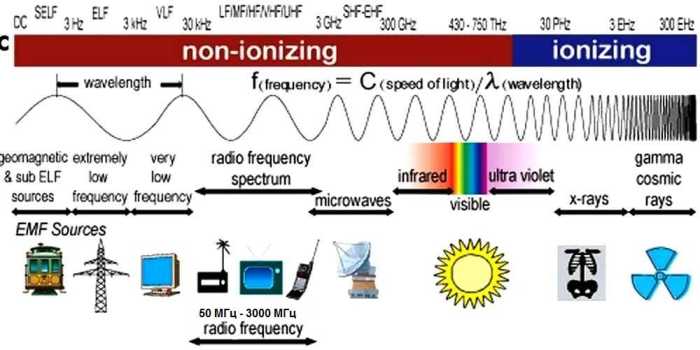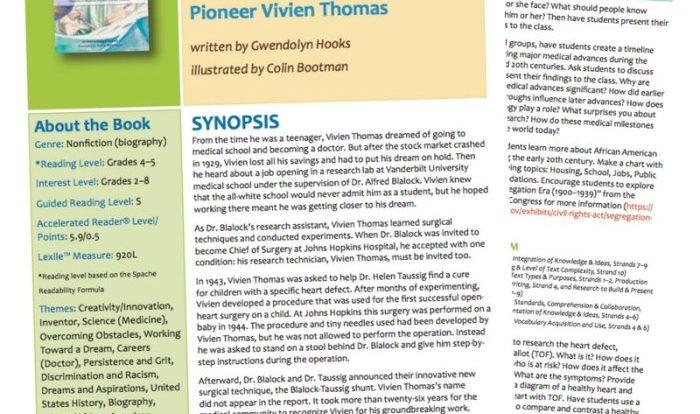Scavenger hunt getting to know the electromagnetic spectrum – Embark on a captivating scavenger hunt that unravels the mysteries of the electromagnetic spectrum. This immersive learning experience engages participants with an array of clues and riddles, guiding them through the diverse regions of this fundamental aspect of our physical world.
The electromagnetic spectrum encompasses a vast range of frequencies and wavelengths, each with unique properties and applications. Through this scavenger hunt, learners will delve into the intricacies of radio waves, microwaves, infrared radiation, visible light, ultraviolet radiation, X-rays, and gamma rays, gaining a deeper understanding of their significance in various scientific and technological fields.
Scavenger Hunt: Getting to Know the Electromagnetic Spectrum

A scavenger hunt is an engaging activity that can be used to teach various concepts. In this case, the scavenger hunt will focus on the electromagnetic spectrum. The electromagnetic spectrum is a range of all possible frequencies of electromagnetic radiation.
It is divided into seven regions: radio waves, microwaves, infrared radiation, visible light, ultraviolet radiation, X-rays, and gamma rays.
The learning objectives of this scavenger hunt are to:
- Understand the concept of the electromagnetic spectrum.
- Identify the different regions of the electromagnetic spectrum.
- Understand the applications of each region of the electromagnetic spectrum.
Materials and Setup
The following materials are required for the scavenger hunt:
- Clues and riddles
- Answer sheets
- Pens or pencils
To set up the scavenger hunt area, hide the clues and riddles around the designated area. You can use different types of hiding places, such as under chairs, on tables, or in books.
Divide participants into teams of 3-4 people. Assign each team a starting point and a set of clues. The first team to complete the scavenger hunt wins.
Clues and Riddles
The clues and riddles should be challenging but solvable. They should guide participants through the different regions of the electromagnetic spectrum. Here are some examples of clues and riddles:
- Clue: I am used to cook food and heat homes. What am I? (Answer: Microwave)
- Riddle: I am a type of light that you cannot see. What am I? (Answer: Ultraviolet radiation)
- Clue: I am used to take X-rays. What am I? (Answer: X-rays)
Scavenger Hunt Activity
To start the scavenger hunt, give each team their starting point and a set of clues. The teams must then follow the clues to find the next clue. The first team to complete the scavenger hunt wins.
The following are some tips for successful participation:
- Work together as a team.
- Think outside the box.
- Don’t be afraid to ask for help.
Debriefing and Discussion, Scavenger hunt getting to know the electromagnetic spectrum
After the scavenger hunt, facilitate a discussion with participants to reflect on their learning experience. Discuss the different regions of the electromagnetic spectrum and their applications. Share additional resources for further exploration of the topic.
User Queries: Scavenger Hunt Getting To Know The Electromagnetic Spectrum
What is the purpose of the scavenger hunt?
The scavenger hunt aims to engage learners in an interactive and enjoyable way, fostering their understanding of the electromagnetic spectrum and its diverse applications.
What types of clues are used in the scavenger hunt?
The scavenger hunt employs a variety of clues, including visual, auditory, and tactile, to cater to different learning styles and make the experience more engaging.
How are teams organized for the scavenger hunt?
Participants are typically divided into teams, each with assigned roles, to encourage collaboration and foster a sense of teamwork.



